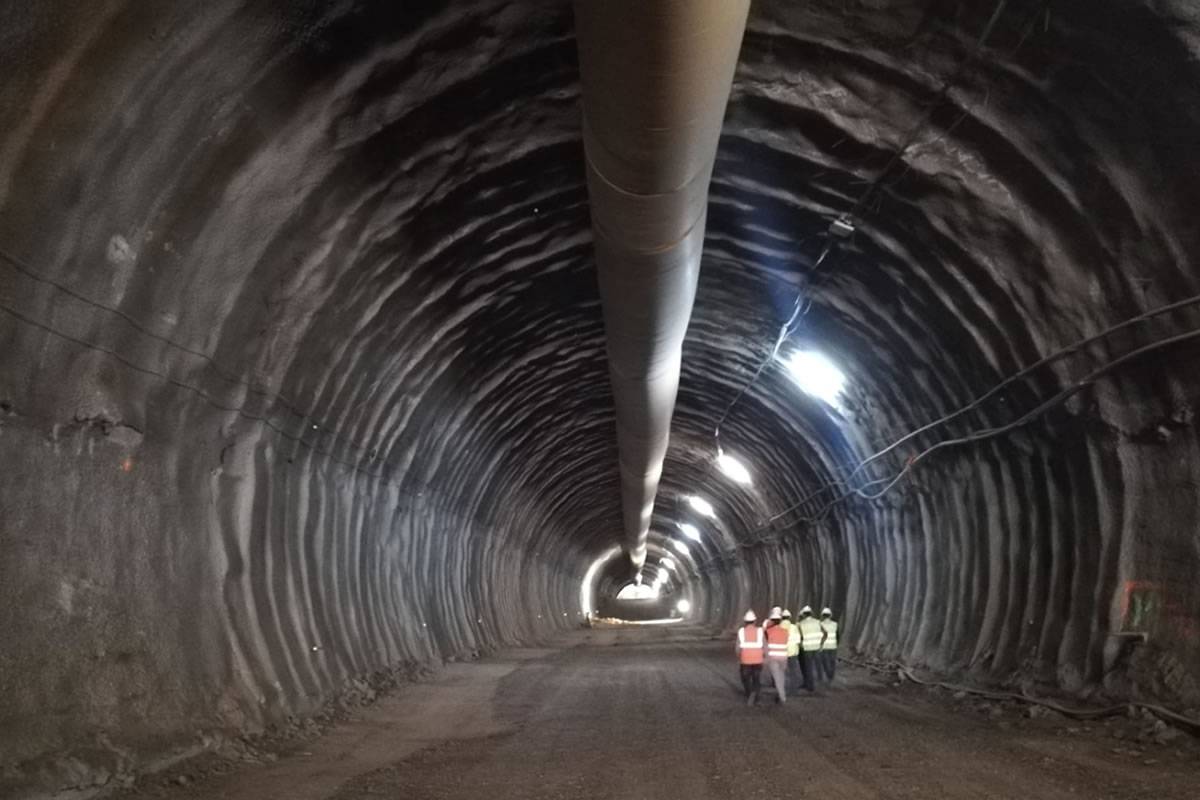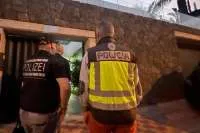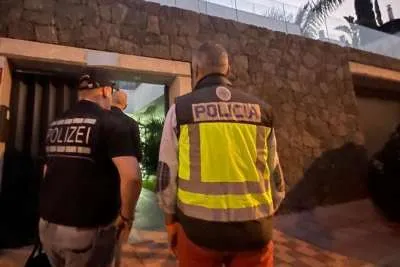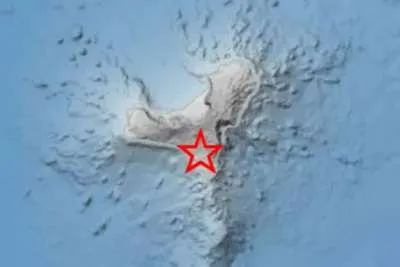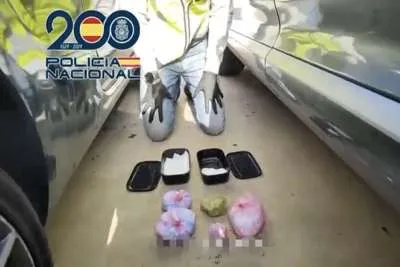Robots have now drilled 60% of the new tunnel to complete the Tenerife ring road
- 10-10-2022
- Tenerife
- Canarian Weekly
Robotic excavating machines have now drilled three kilometres through the Teno massif in the northwest of Tenerife, which is 60% of the 5.1km needed to build the largest tunnel in the Canary Islands, and one of the longest in Spain and Europe, which is the last section to link the north and south of the island and complete the ring road.
The robots are advancing faster in the two parallel mouths from the Santiago del Teide side (the southern section) where they have drilled 2,000 metres, than on the El Tanque side (the north section) where they have excavated a kilometre in each one of the two tubes, due to the difficulties presented by the terrain.
The drilling machines progress at a pace of 50 metres a week on the South side and 25 metres on the North, since in this area the rock is less consistent and requires the placement of steel fasteners to support the ground, which delays operations.
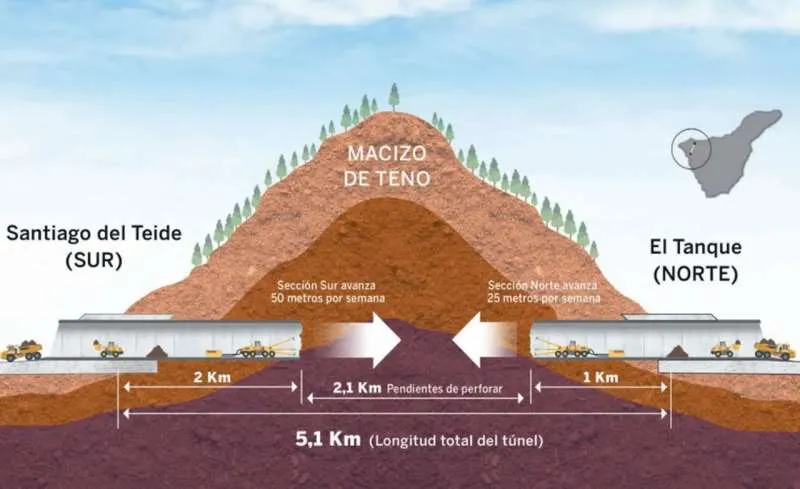
"60% of the tunnel has already been drilled, including the service galleries", said the general director of Road Infrastructure of the Canary Islands, José Luis Delgado, after confirming that the work is progressing at the planned pace and is on schedule.
If the forecasts are fulfilled, the four ‘mouths’ (two lanes in both directions) will meet during the summer of next year.
The underground work, that is being carried out between Santiago del Teide and El Tanque, is costing 240 million euros and is due for completion at the end of 2023, providing a safer and faster dual carriageway with a greater capacity for vehicles than the current TF-82 mountain road.
Once it comes into service, motorists will cover the distance between the two municipalities in less than 10 minutes, almost three times quicker than it currently takes, and will ease congestion.


